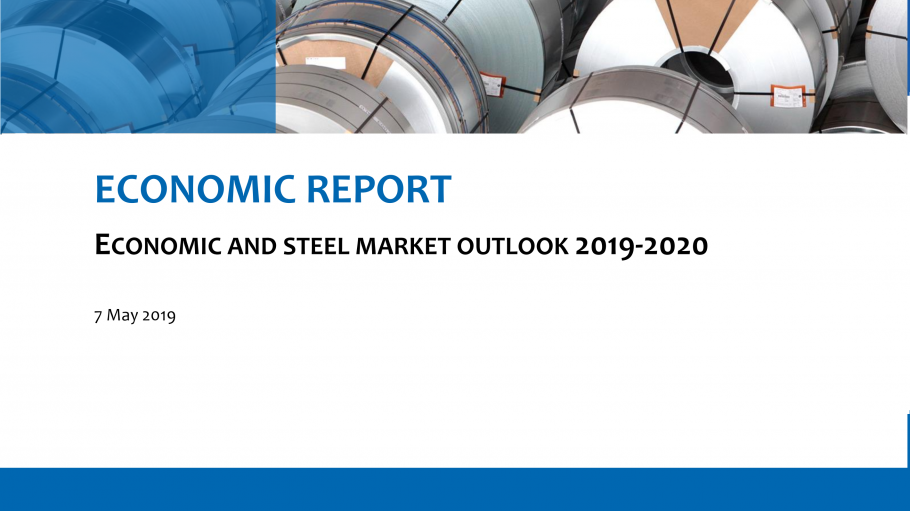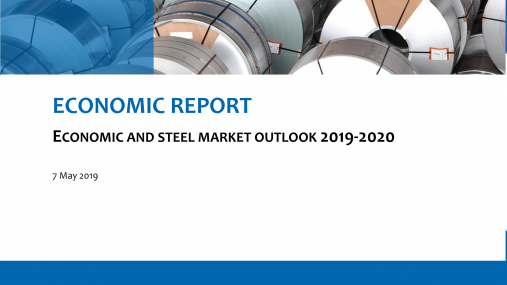
Publications » Economic and market outlook » Economic and steel market outlook 2019-2020, second quarter
Economic and steel market outlook 2019-2020, second quarter
Downloads and links
Recent updates

Final figures for 2018 show that the EU28 steel market grew by 3.3%. The preliminary safeguard measures could not prevent third country imports from rising by 12.6% and, as a consequence, local steel producers being flattened by deflected and cut-price steel products from outside the EU.
Meanwhile, the relaxation of the final safeguard measures – with an enlargement of 5% in February this year with another upwards revision of 5% scheduled for July – is completely out of step with the anticipated decline of the EU steel market in 2019. As such, the 10% increase in import quota allowed in the final safeguard measures risks squeezing the EU steel sector, as it will be exposed to rising import pressure in a depressed market.

Download this publication or visit associated links
Developed with the support of the Offshore Wind Foundation Alliance and European Wind Tower Association, the position paper outlines the strategic importance of wind components for Europe’s green transition and calls for targeted measures to strengthen their role within the NZIA.
Brussels, 2 April 2025 - The latest data unveiled by the OECD in its meeting in Paris draw an extremely worrying picture, where global steel excess capacity is expected to grow from an estimated 602 million tonnes in 2024 to 721 million tonnes by 2027 – over five times the EU's steel production. The European steel industry - already severely hit by the spill-over effects of global overcapacity and the U.S. steel import tariffs - reiterates the crucial need for strict and effective EU post-safeguard measures to ensure its survival.
Brussels, 19 March 2025 – The Steel and Metals Action Plan, unveiled today by the European Commission, provides the right diagnosis to the existential challenges facing the European steel industry. Concrete measures need to follow swiftly to reverse the decline of the sector, re-establish a level playing field with global competitors, and incentivise investment and uptake of green steel in the market.